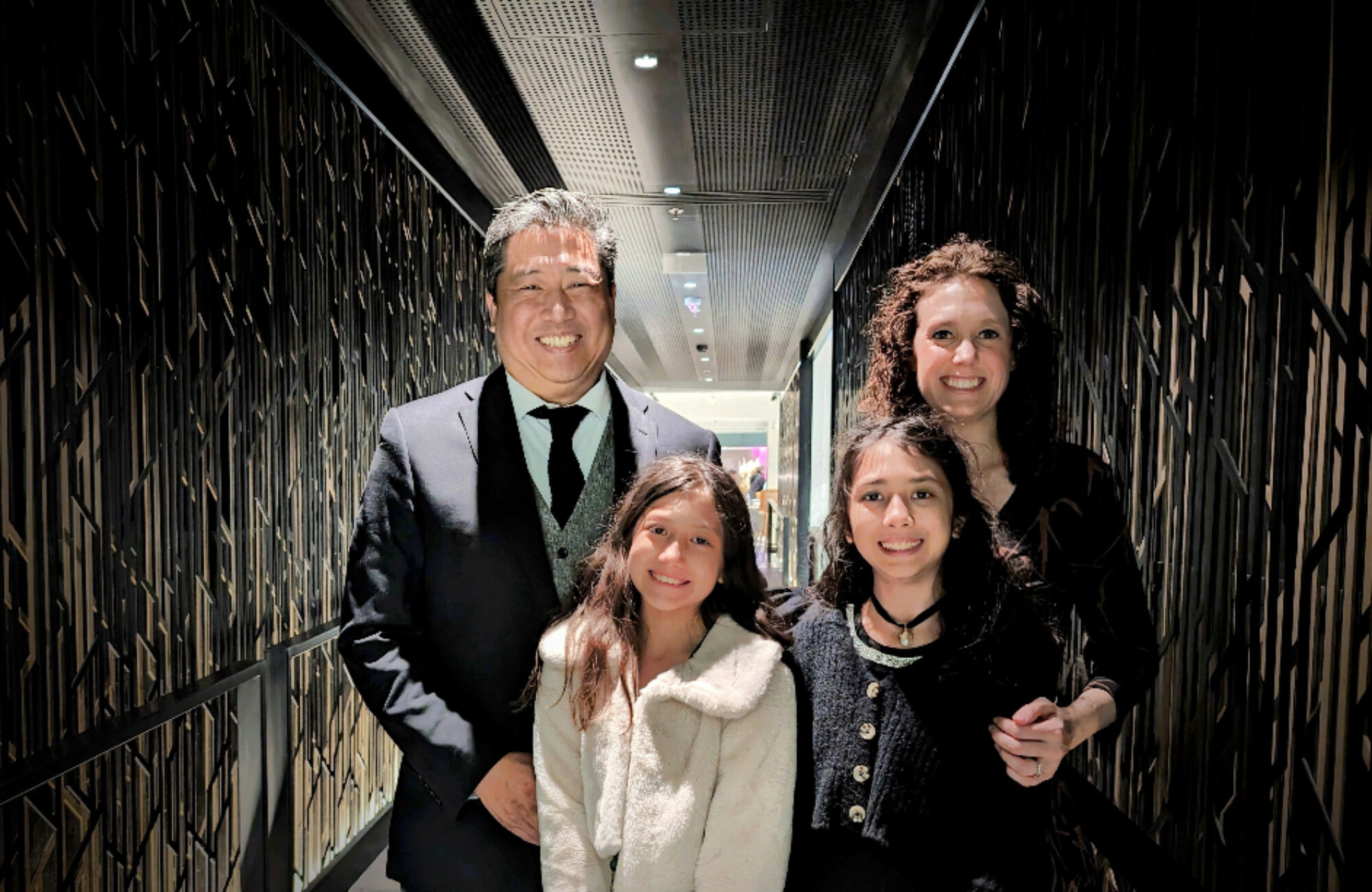May 21, 2015
Exposure basics: the exposure triangle
When we were first married I bought Erin a DSLR and tried to explain how the triangle of aperture, shutter speed, and ISO all worked. Because Erin was new to photography, this meant that the traditional film explanations I learned were not as useful. So here is the two minute layman explanation for how a DSLR sensor works and the relationship between aperture, shutter speed, and ISO.
Photography is about capturing light. Your sensor catches that light to make a picture. Your camera lens has an iris which lets in a certain amount of light with each shutter click, and the shutter can be open for a short period of time and a long period of time. Your ISO is how sensitive your sensor is and your goal is to optimize how much light hits the sensor too little and you are underexposed, to much and you are over exposed.
Light is made up of photons, think of photons as rain drops and your camera sensor as a tray packed full of tiny cups (the cups are the ISO sensitivity – the size of the cup and the resolution the number of cups on your tray). Your lens is a spigot, and you want the right amount of water in each cup, if there is not enough water falling on your tray, then you will get an underexposed picture. If you get too much water, and the water overfills the cups, you will get an overexposed picture.
The aperture (f-stop), the iris, is how much you open the spigot, and the shutter speed is how long you leave the spigot open. The ISO is the size of the cups you have on your tray. Open the spigot wide but for a short period of time or open it little for a long period of time gives you the same amount of water, so you can manipulate both to get the right amount of water. Because you need to catch that water so you can change the cup size on the tray, but if you think of each cup as a pixel, your resolution goes down as the cups get bigger.
The goal, normally, is to optimize your settings to put the right amount of water in each cup, in the smallest possible cups on the tray: how much light is captured by the sensor. Your camera has a number of different modes, which can take the guesswork out, however if you want some control over things like how much blur you have:
- Manual: changing each setting yourself
- Aperture priority: change the aperture and the shutter speed automatically changes to compensate. ISO is static.
- Shutter priority: change the shutter speed and the aperture changes automatically to compensate. ISO is static.
- Program: some set combinations to allow you to simplify the process
- Auto: let the camera decide
- Auto ISO: a relatively new concept so not all cameras have this, you can set it so that the ISO changes automatically.
- HDR: stands for high dynamic range, where a camera or software will take multiple exposures and use the optimal parts of each to create an exposure that is a knitted version with an ideal exposure. Requires that the subject is still in during the multiple pictures.
A photographer Tony Catalano created an exposure triangle tool to let you see what each change in the triangle of aperture, shutter, and ISO does. I recommend a look. Here is a link to the PetaPixel article about his tool, and in that article is a link to the tool itself.
A more advanced look at exposure: the histogram
In the digital age, cameras can show you the exposure of your picture in a graph called the histogram. Learning to read that histogram can optimize your exposure and improve your photos either in the camera or in editing. Here are two links on how to use a histogram:
Histogram Photography Cheat Sheets for Achieving Perfect Exposure

